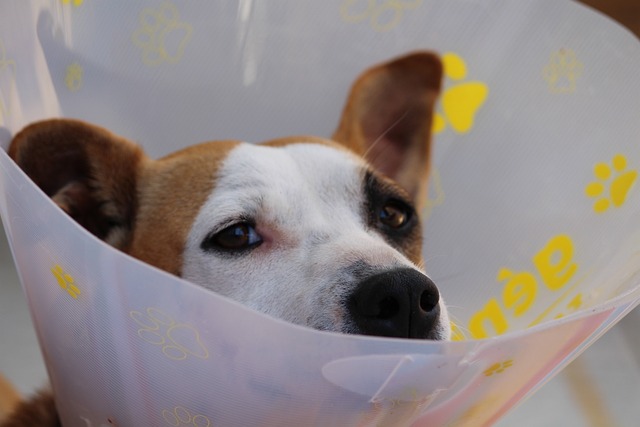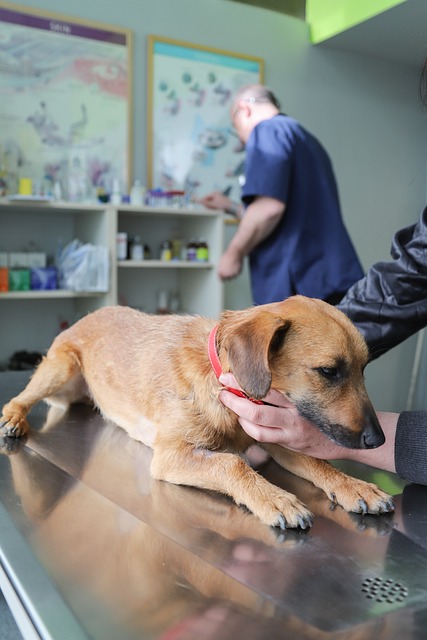Spaying or neutering your dog is a common and responsible decision that many pet owners make. However, it is not a one-size-fits-all solution, and there are many factors to consider before you choose to spay or neuter your dog. In this blog, we will explain what spaying and neutering are. We will explain why they are done, how they affect your dog, and how to decide what is best for your dog.
What is spaying and neutering?
Spaying and neutering are surgical procedures that remove the reproductive organs of dogs, making them unable to breed. Spaying is done for female dogs, and it involves removing the ovaries and usually the uterus as well. Neutering is done for male dogs, and it involves removing the testicles. Both procedures are done under general anesthesia and require a recovery period of a few days to weeks.
Why are spaying and neutering done?
There are many reasons why pet owners choose to spay or neuter their dogs, such as:
- Reduce pet overpopulation. Millions of unwanted dogs are euthanized or abandoned every year due to a lack of homes and resources. Spaying and neutering can prevent unwanted pregnancies and reduce the number of dogs that end up in shelters or on the streets.
- Lowering hormone-associated health problems. Spaying and neutering can reduce the risk of certain cancers and infections that are related to reproductive hormones. These include mammary tumors, ovarian and uterine cancer, testicular cancer, and prostate disease. Spaying and neutering can also prevent or reduce the occurrence of heat cycles, false pregnancies, pyometra, and hernias.
- Modifying undesirable behaviors. Spaying and neutering can help with some behavioral issues that are influenced by reproductive hormones, such as aggression, marking, roaming, mounting, and howling. However, spaying and neutering are not a cure-all for behavioral problems, and they may not affect some behaviors that are learned or influenced by other factors, such as genetics, environment, and training.
What are the benefits and risks of spaying and neutering?
Spaying and neutering have many benefits for dogs and their owners, such as:
- Improve the health and lifespan of dogs. Spaying and neutering can prevent or reduce the risk of some serious and potentially life-threatening diseases, such as cancer and infections. Spaying and neutering can also improve the quality of life of dogs by reducing the stress and discomfort associated with heat cycles and mating behaviors. Studies have shown that spayed and neutered dogs tend to live longer than intact dogs.
- Reduce the cost and responsibility of owning a dog. Spaying and neutering can save you money and hassle you in the long run. This is because it avoids the expenses and complications of unwanted pregnancies, veterinary care for reproductive diseases, and potential lawsuits or fines for damages caused by your dog’s behavior. Spaying and neutering can also make your dog easier to manage and train by reducing some of the hormonal influences on their behavior.
- Helping the community and the environment. Spaying and neutering can benefit society and the ecosystem by reducing the number of unwanted dogs that contribute to overpopulation, homelessness, animal cruelty, and environmental degradation. Spaying and neutering can also reduce the transmission of diseases and parasites among dogs and other animals. It can also protect wildlife and livestock from predation and harassment by roaming dogs.
However, spaying and neutering also have some risks and drawbacks, such as:
- Resulting in surgical complications and side effects. Spaying and neutering are major surgeries that involve anesthesia, incisions, and stitches. As with any surgery, there is a risk of infection, bleeding, pain, swelling, and allergic reactions. Some dogs may also experience postoperative complications, such as vomiting, diarrhea, lethargy, or loss of appetite. These risks and side effects are usually minor and temporary and can be prevented or treated with proper care and medication.
- Altering the growth and metabolism of dogs. Spaying and neutering can affect the growth and metabolism of dogs, especially if they are done before the dogs reach their adult size and weight. Spaying and neutering can cause the growth plates of the bones to close later than normal, resulting in taller and lankier dogs. Spaying and neutering can also reduce the production of sex hormones, which play a role in regulating the body’s energy needs and appetite. Spayed and neutered dogs tend to have a lower metabolic rate and consume more food than intact dogs, which can increase their risk of becoming overweight or obese.
- Affecting the temperament and personality of dogs. Spaying and neutering can have some positive effects on the behavior of dogs, such as making them less aggressive, less territorial, and less likely to roam or escape. However, spaying and neutering can also have some negative effects on the behavior of dogs, such as making them more fearful, anxious, or submissive. Spaying and neutering can also change the social dynamics and interactions between dogs, as well as their responses to training and stimuli. The effects of spaying and neutering on behavior may vary depending on the age, breed, sex, and individual characteristics of the dog.
How to decide whether to spay or neuter your dog?
There is no definitive answer to whether you should spay or neuter your dog, as it depends on many factors, such as:
- Your dog’s age, breed, sex, and health. The optimal time and method of spaying or neutering may differ depending on the physical and genetic characteristics of your dog. Some breeds may benefit from spaying or neutering at an early age, while others may benefit from waiting until they reach maturity or avoiding the procedure altogether. Some dogs may have medical conditions that make spaying or neutering more or less advisable. You should consult your veterinarian to determine the best option for your dog based on its individual needs.
- Your dog’s lifestyle and environment. Your dog’s circumstances and conditions may also affect the benefits and risks of spaying or neutering. For example, if your dog has access to other dogs or animals that are not spayed or neutered, the risk of unwanted pregnancies or diseases may outweigh the potential drawbacks of spaying or neutering. If your dog is exposed to stressful or threatening situations, the hormonal changes caused by spaying or neutering may affect its behavior and coping abilities. You should consider the pros and cons of spaying or neutering in relation to your dog’s daily activities and interactions.
- Your personal preferences and goals. Ultimately, the decision to spay or neuter your dog is a personal one that reflects your values and expectations as a pet owner. You may have ethical, moral, or emotional reasons for spaying or neutering or not spaying or neutering your dog. You may also have practical, financial, or legal reasons for choosing one option over the other. You should weigh the advantages and disadvantages of spaying or neutering in light of your own beliefs and objectives, and respect the choices of other pet owners as well.
Conclusion
Spaying and neutering are important decisions that can have significant impacts on the health, behavior, and well-being of your dog. There are many benefits and risks associated with spaying and neutering, and there is no one-size-fits-all solution. You should consult your veterinarian, do your research, and consider all the factors involved before you decide whether to spay or neuter your dog. Whatever you choose, you should provide your dog with the best care and love possible, and enjoy the companionship and bond that you share with your dog.




